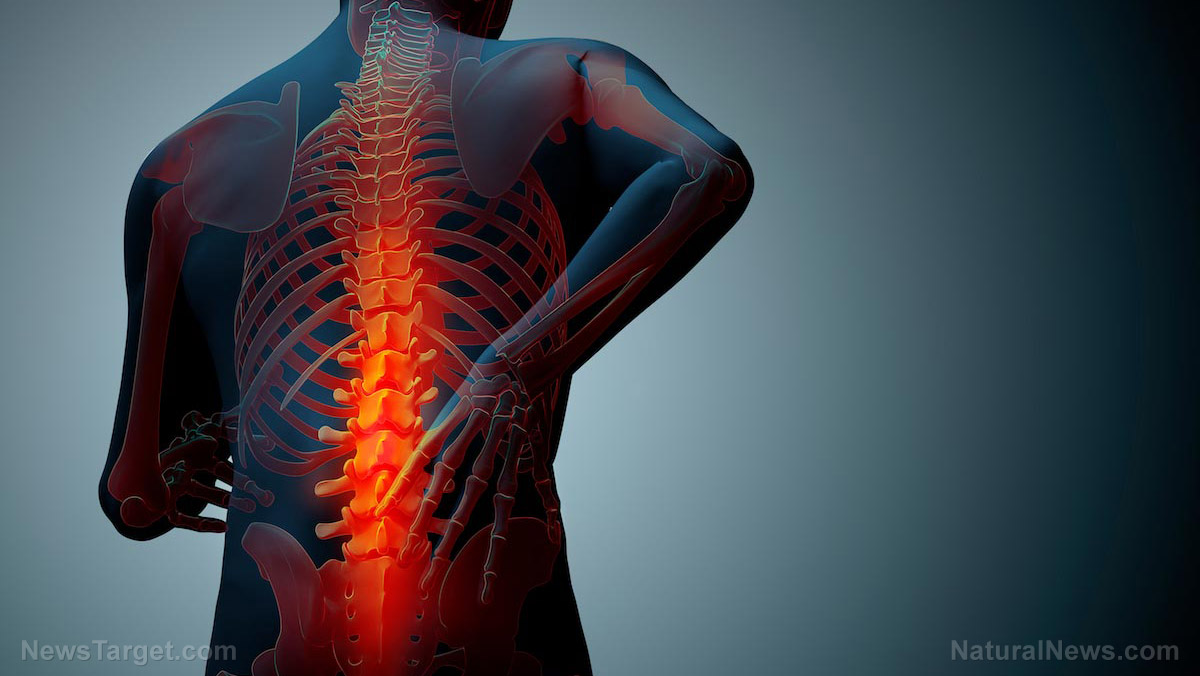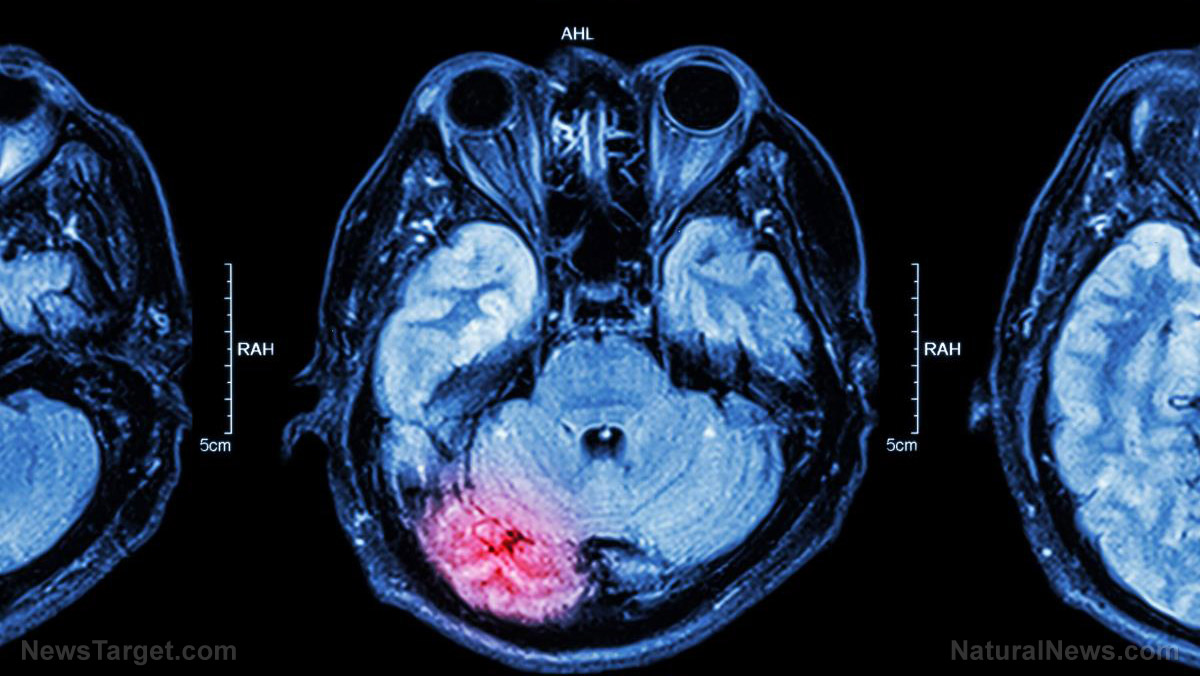Can compulsive hoarding and kleptomania be explained by neuroscience? Researchers identify the neurons responsible for “object craving”
05/26/2018 / By Edsel Cook

Neuroscience may have finally figured out the part of the brain that drives people to shop, hoard, and even steal items. In an article from Science Daily, Korean researchers identified the neurons that caused “object craving” in mice.
Children, compulsive hoarders, and kleptomaniacs all love to receive and get objects. It’s natural for the first example, but the other two cases are disruptive and suffer from mental disorders.
Science has not yet come up with an explanation as to why the brain is driven to chase items or objects. But neuroscientist Daesoo Kim believed a certain neural circuit in the hypothalamus is connected with this natural drive. (Related: Neuroscientists look at brain stimulation as an alternative treatment for depression.)
This collection of neurons are connected to “object craving,” explained Kim, who is a member of the Department of Biological Sciences at the Korea Advanced Institute of Technology (KAIST).
The KAIST research team studied the brain activity of mice that were playing with toys. They detected significant activity in certain neurons of the animals’ hypothalamus during playtime.
Stimulating brain circuits triggers mice’s possessive, hunting behaviors
The researchers used optogenetics – a technique where light is used to control living cells – to show that these neurons controlled obsessive behavior towards objects that aren’t food. Kim said that stimulating this brain circuit in the hypothalamus excited mice into pursuing an object relentlessly.
“We found evidence that the neural circuits in the medial preoptic area (MPA) modulate ‘object craving,’ the appetite for possessing objects,” he said regarding the recently-discovered brain circuit.
100% organic essential oil sets now available for your home and personal care, including Rosemary, Oregano, Eucalyptus, Tea Tree, Clary Sage and more, all 100% organic and laboratory tested for safety. A multitude of uses, from stress reduction to topical first aid. See the complete listing here, and help support this news site.
His team also demonstrated that stimulating the MPA circuit encouraged mice to hunt natural prey animals like crickets. In addition to affecting hunting behavior, these neurons also sent signals to another part of the brain.
The periaqueductal gray (PAG) is found in the cerebral aqueduct. Among other duties, this dense region of brain cells serves as the main control center for pain modulation, and it also plays a role in anxiety.
Once it received the signals from the MPA circuit, the PAG gets excited as well and triggered hunting behaviors in the mouse. Kim’s team termed this unexpected connection the “MPA-PAG” circuit.
Based on their findings, the KAIST researchers devised MPA-Induced Drive Assisted Steering (MIDAS), an optogenetic system that effectively allowed them to control the mouse. MIDAS used light to stimulate the MPA-PAG circuit, causing a mouse to pursue whatever it was in front of its head.
Using MIDAS, researchers could steer mice around obstacles. They could also direct the animals to follow a specific path.
Discovery could lead to better treatments for compulsive hoarding, kleptomania disorders
For the study, Kim worked alongside fellow KAIST professor Phill Seung Lee, who worked in the institute’s Department of Mechanical Engineering. Funded by the Samsung Science and Technology Foundation, they published their findings in the journal Nature Neuroscience.
Kim explained that their discovery of the MPA-PAG circuit could pave the way for more effective ways of treating mental disorders. The possibilities were not just limited to medical treatments.
“This study provides evidence to treat brain disorders such as compulsive hoarding and kleptomania,” he stated. “It also contributes to the development of technology to control the behavior of animals and humans using strong innate motivation, and thus could impact neuro-economics, defense, and disaster relief.”
Kim added that his team intended to finish mapping out the neural circuitry associated with possessive and hunting behaviors in mice. In particular, they are planning to look into possible relations between the MPA-PAG circuit and other neural behaviors.
Uncover more mysteries about the brain circuits that control our desires and drives at Brain.news.
Sources include:
Tagged Under: brain circuits, Brain disorders, brain function, brain health, compulsive hoarding, hoarding, hunting behavior, hunting instinct, hypothalamus, kleptomania, Mental Disorders, mental health, neural circuits, neuroscience, object craving, obsessive behavior, optogenetics, shopping addiction, weird science




















